
The application of salt to parking lots, sidewalks, and roads is causing significant environmental impacts to biodiversity. Fortunately, halophytes have been studied as a viable method for remediating areas of land heavily impacted by salt. Halophytes are plants that have adapted to survive in saline (salty) conditions.
Halophytes use one or more of the following methods to tolerate salinity:
Excluders prevent salt entry at the plant root. These types of halophytes can be used to stabilize saline soil but do not remove salt from the soil.
Accumulators are able to take up salt from the soil through their roots and transport it into their stems and leaves where it is stored.
Excreters (or recretohalophytes) take up salt from the soil in a manner similar to accumulators; however, excess salts are excreted as salt droplets through specialized salt glands on the leaf surfaces. Under ideal conditions, these droplets crystalize and form ‘cotton candy like’ clouds on the leaves. Under appropriate conditions, wind blows the excreted salts into the air and disperses it (diluting the localized salt) by depositing it over a large area. This is not an appropriate method of remediation for many contaminants; however, chloride (a component of salt) is an essential nutrient required by plants in small amounts.
Native Halophytes
There are at least four halophytic grass species native to Ontario. These plants are adapted to growing in saline conditions.
Excretors:
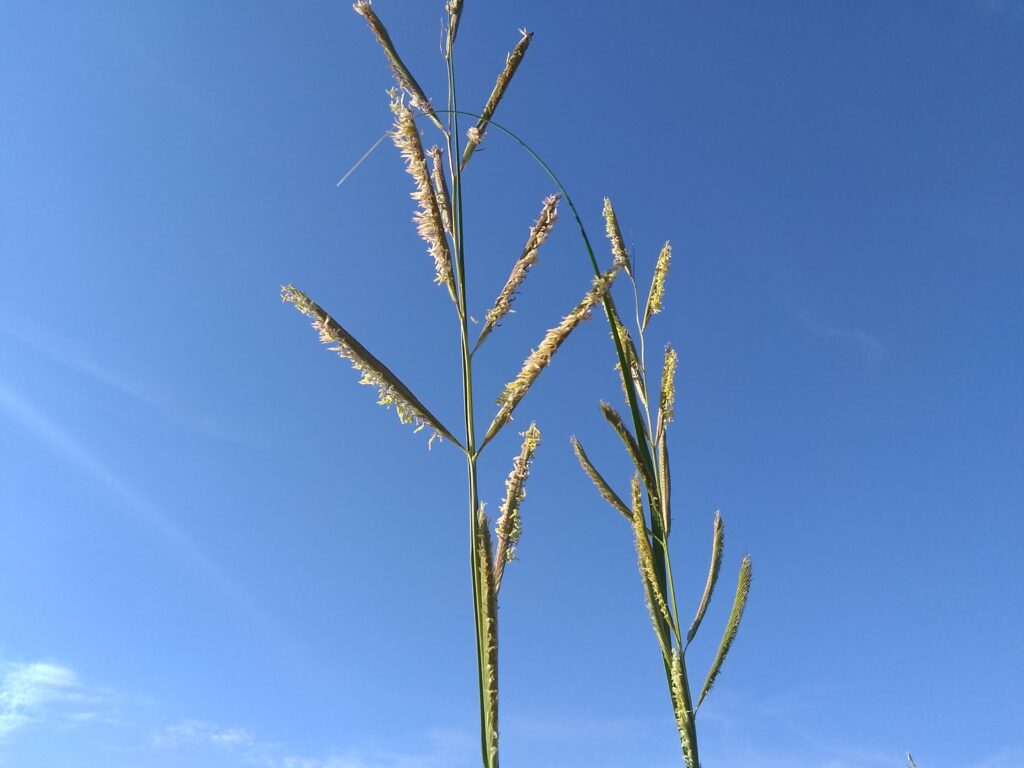
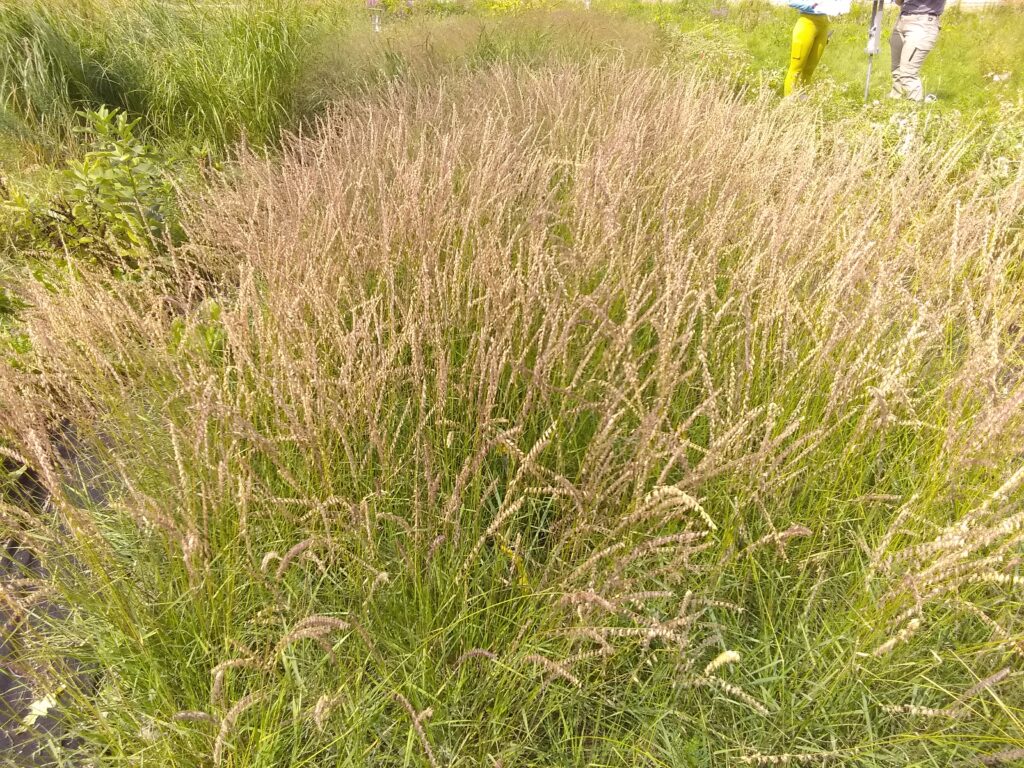
Accumulators:
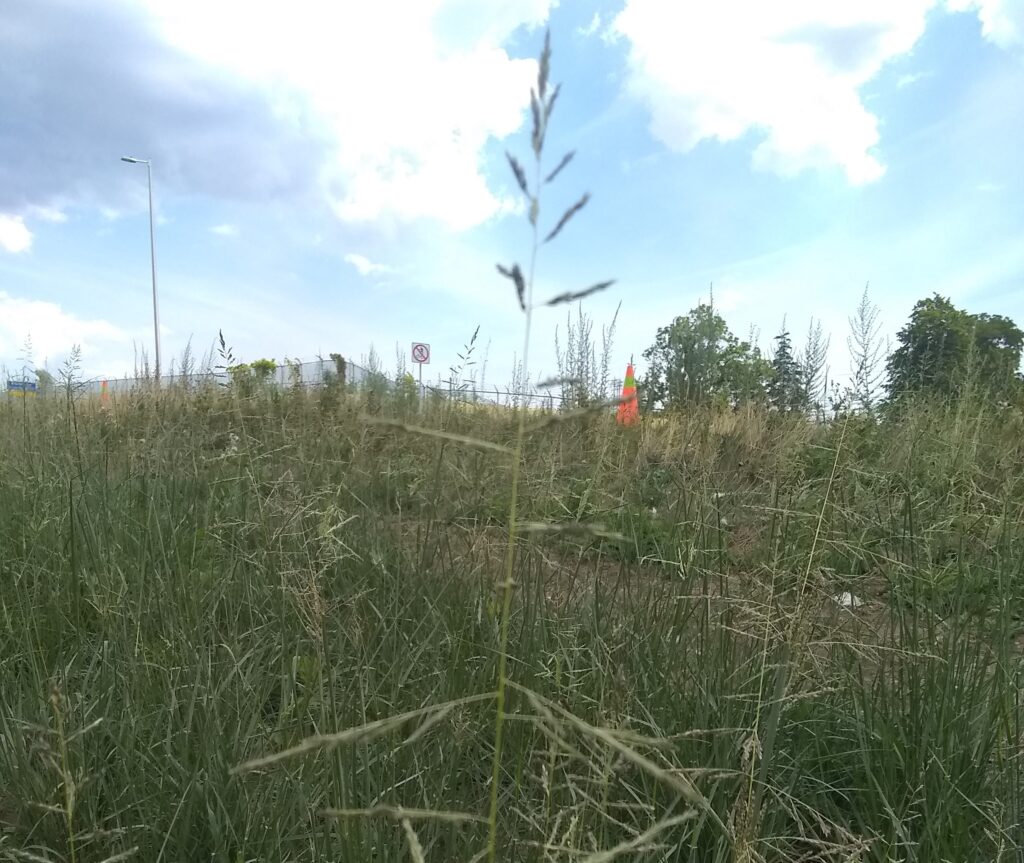
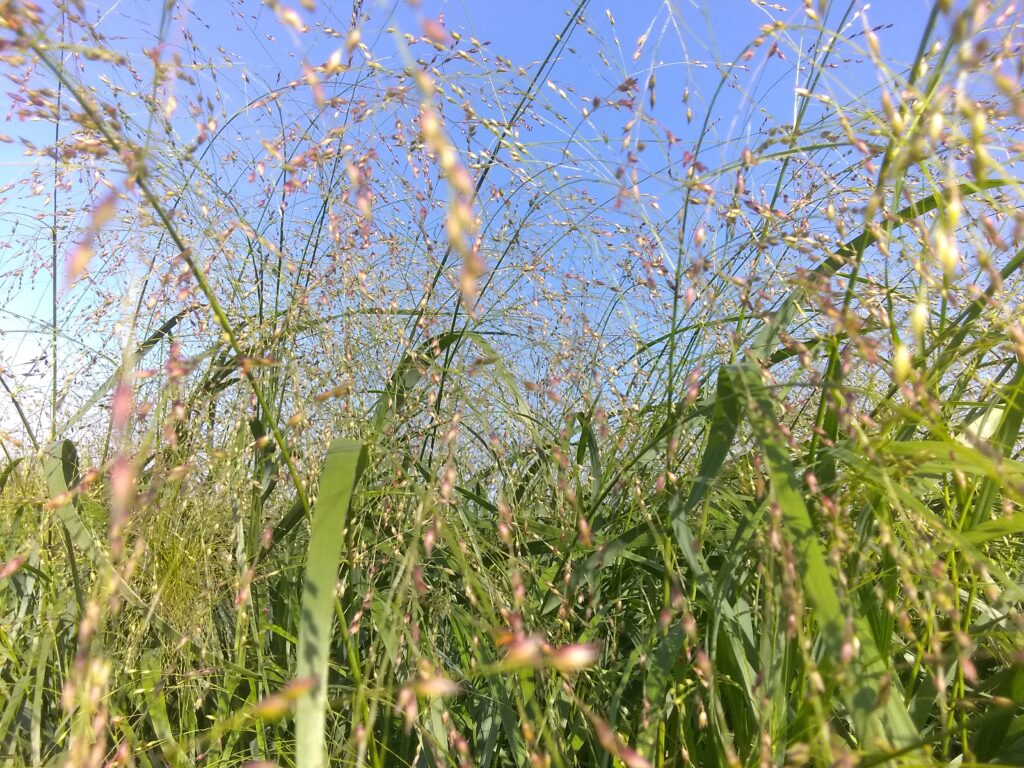
For more information on these species, please see visit the Sustainable Technologies Evaluation Program wiki and look under Select tall grasses in the Plant Selection section.
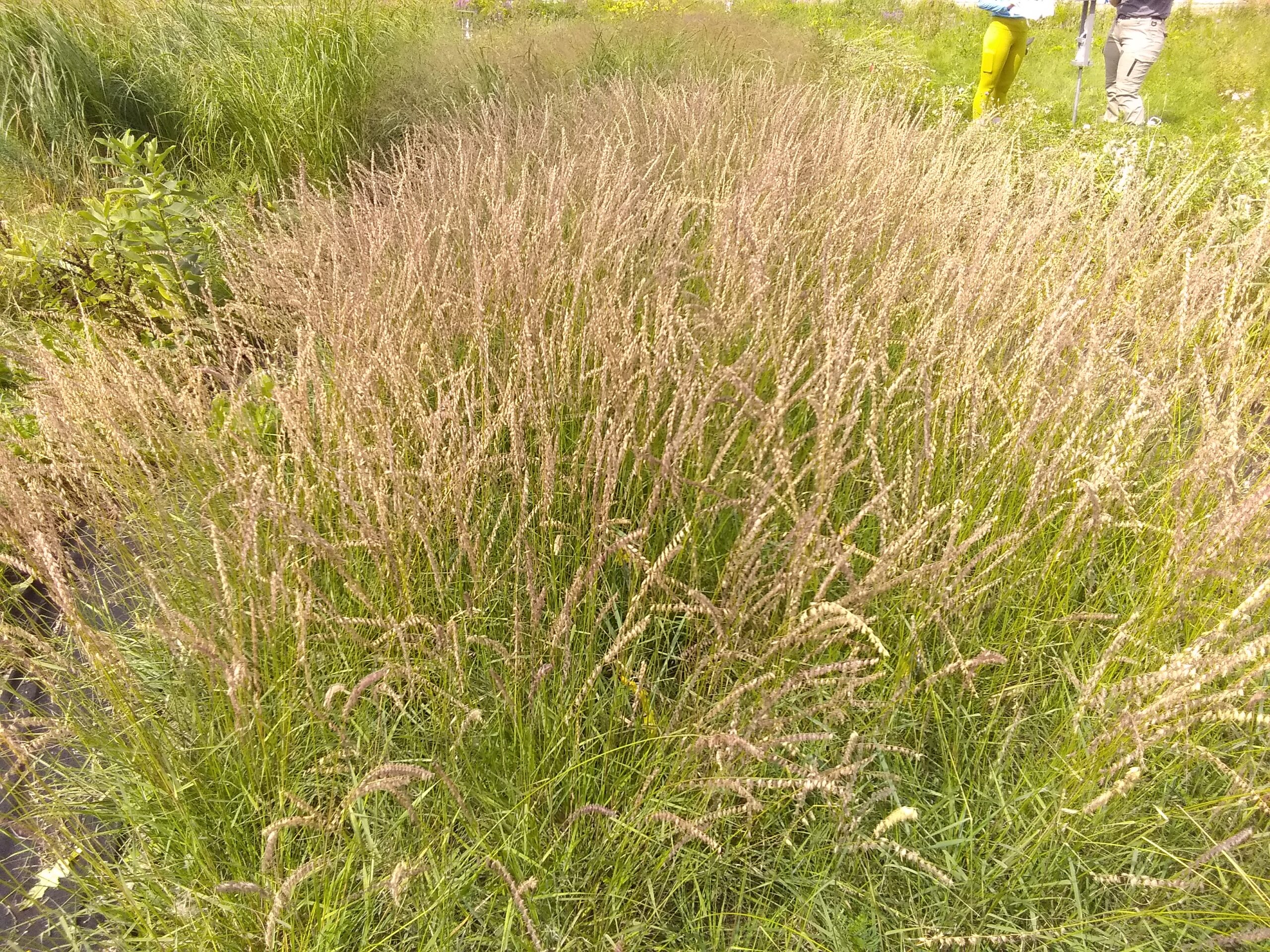
Using Native, Salt-Tolerant Plans to Restore Impacted Soils
On June 4th, 2024, Partners in Project Green was joined by researchers and practitioners from Toronto and Region Conservation Authority, Royal Military College of Canada, Queen’s University, and Ontario Ministry of Transportation to share research findings, resources, and expertise to inspire phytoremediation (using plants to clean up environmental contaminants) projects and implementation across the Greater Toronto Area.

